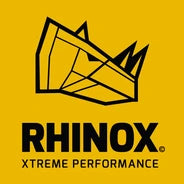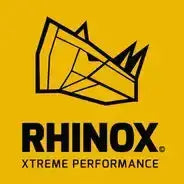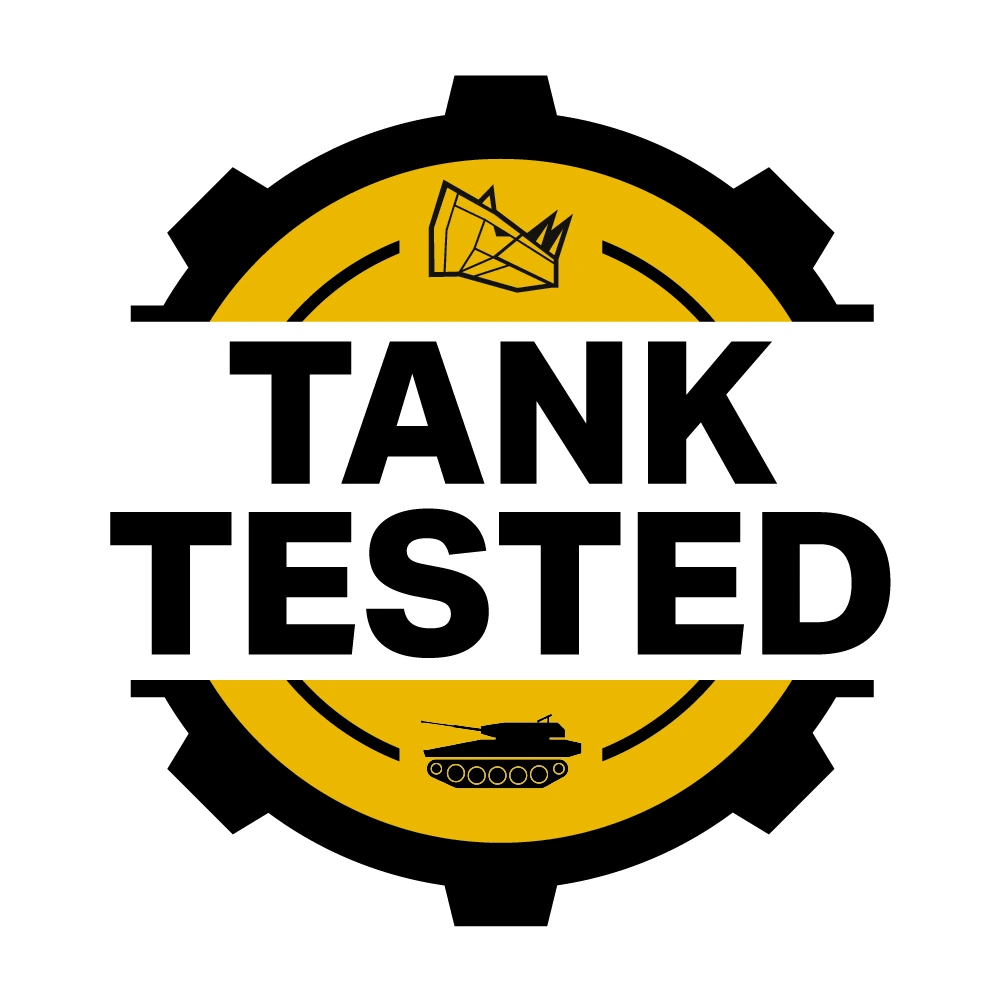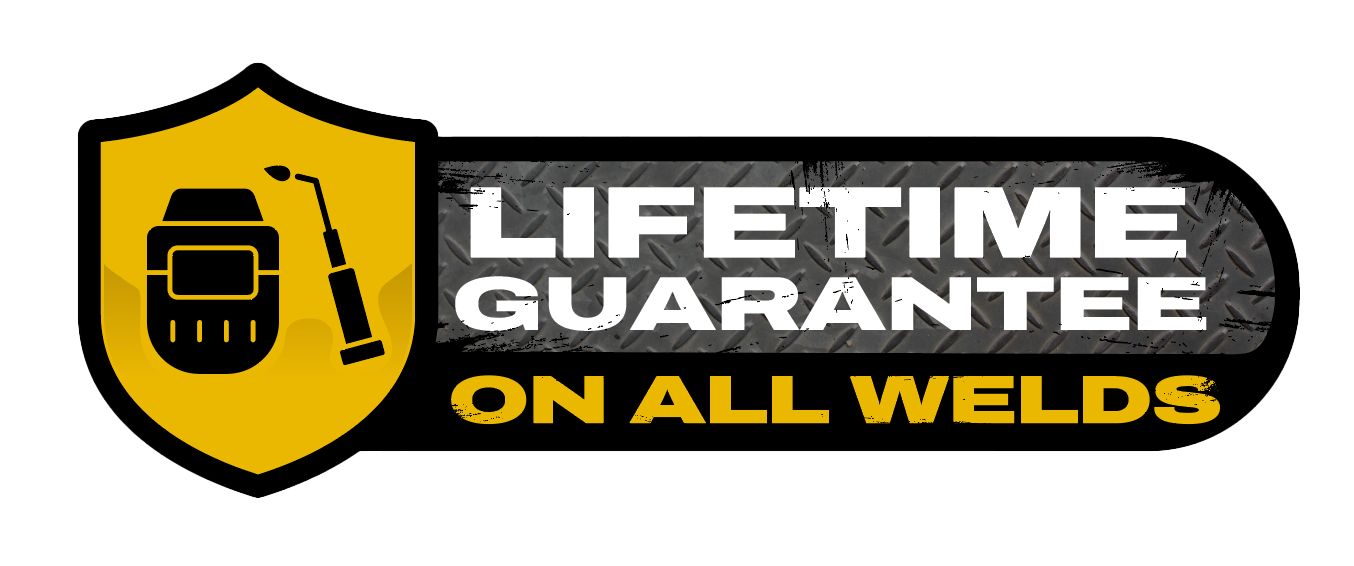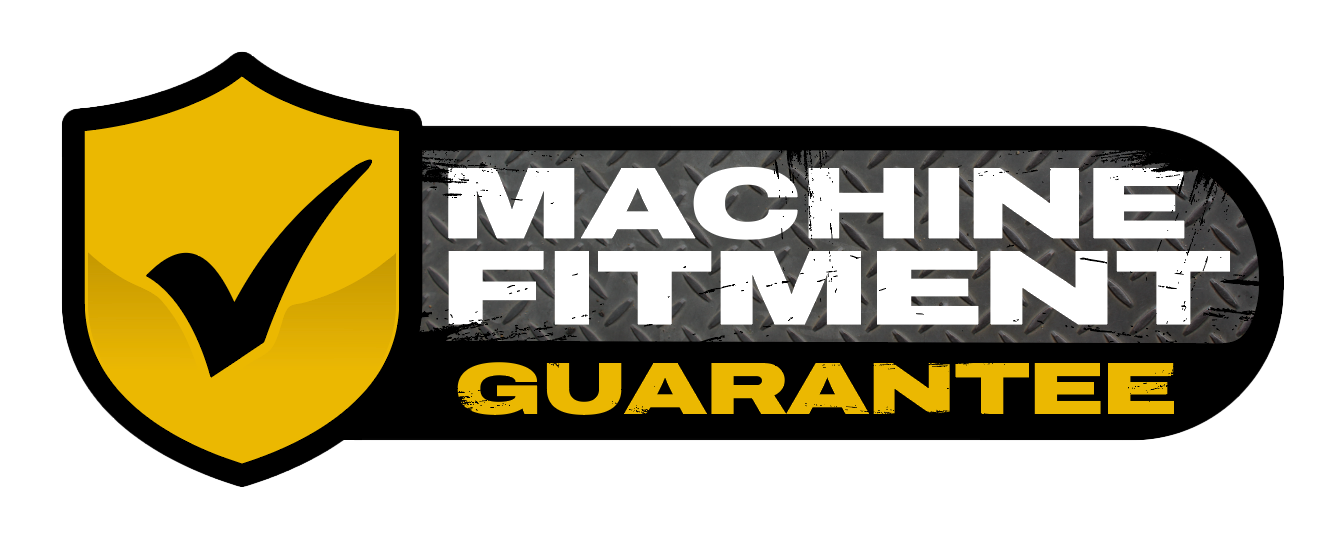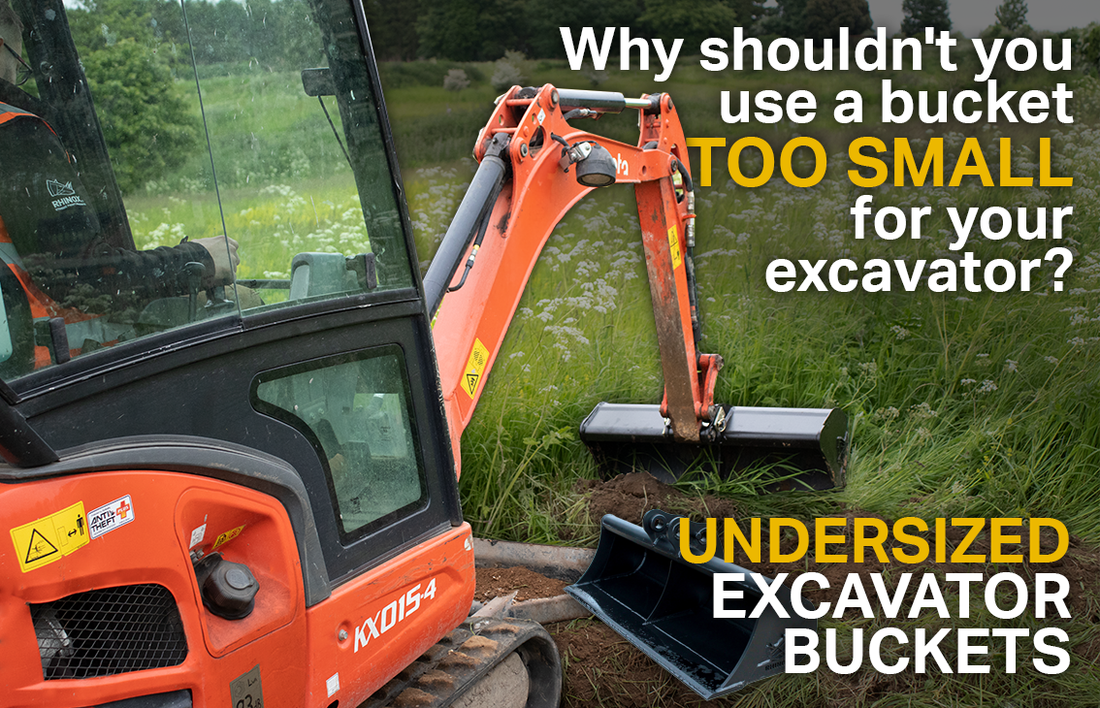
Why shouldn't you use a bucket too small for your excavator?
Excavators are powerful machines designed to handle a wide range of digging and earthmoving jobs. One of the critical components of any excavator is its bucket. Selecting the right bucket size for your machine is essential for efficiency, safety and maintaining the longevity of your equipment. You may be tempted to use a smaller bucket than is designed for your excavator to reduce costs and save money, but this decision can lead to significant problems. In this blog, we will discuss why you shouldn't use an undersized excavator bucket on your machine and the implications you might face if you do.

Increased Risk of Bucket Damage
One of the most significant issues when using a bucket that's too small for your excavator is the increased risk of bucket damage. Excavators are engineered to provide a specific amount of power and force, so using a smaller bucket than intended can result in excess strain on the bucket's structure. The steel grade and design of excavator buckets are made to suit the machine's size and power.
Think of it like using a Coca Cola can on your excavator, the material used and design of the can is not suited to the job at hand. You will crush the can, ultimately leaving it useless. This also applies to your excavator buckets. The added stress to a bucket that isn't designed for your machine can lead to cracks, deformation and bucket failure, ultimately leaving you out of pocket.

Reduced Efficiency
Efficiency is a critical factor in any construction or excavation project. Using a bucket that's too small for your machine can seriously hinder your efficiency. Here's how:
- Increased Cycle Times - A smaller bucket has a smaller capacity, which means you'll need more passes to move the same amount of material. This results in longer cycle times, slowing down your project and wasting valuable time.
- Increased Fuel Consumption - Longer cycle times and more passes mean your excavator has to work harder, resulting in increased fuel consumption. This not only drives up operational costs but also has a negative impact on the environment.
- Incomplete Jobs - Smaller buckets are less capable of handling larger tasks. You may find yourself unable to complete certain jobs or needing to switch to a larger bucket, causing further delays.
Increased Safety Risk
Damage to your excavator bucket not only compromises your machine's performance but also poses a safety risk to operators and bystanders. A damaged bucket may fail unexpectedly, causing debris to fly and potentially injuring those standing or working nearby. Replacing or repairing a damaged bucket can also be expensive and time-consuming, leading to downtime and increased operational costs. Alongside this, operators using undersized buckets may find themselves having to work harder to achieve the same results. This increased effort can lead to operator fatigue, which not only impacts productivity but also poses safety risks due to reduced alertness and slower reaction times.
How do I know if my bucket is too small?
Most excavator bucket manufacturers will not sell you an undersized bucket for your machine. Manufacturers engineer their excavator buckets and attachments to the size and power of the machine they're designed to fit to ensure they will perform as required without failure. When purchasing your buckets and attachments you should always look at the machine make and model that they are designed to fit, especially when ordering online. The make and model will usually be found in the title of the product, in the description or in a drop-down on the product page. The Rhinox website has 3 ways that you can search for your machine to ensure that you order the correct buckets and attachments for your excavator.
Check out our video below to see a step-by-step guide on how to use these search tools:
So in conclusion, using an excavator bucket that's too small for your machine is a decision with numerous potential problems. From increased risk of bucket damage to reduced efficiency and operator fatigue, the consequences can be significant. To ensure the safety of your equipment, your team, and the success of your projects, always choose the appropriate bucket size recommended for your excavator. Investing in the right equipment ensures smoother operations, lower costs and a safer work environment. If you need help choosing the right size buckets and attachments for your excavator, contact us via +1 267 861 0812 or email sales@rhinox-group.us and we will be happy to help!
